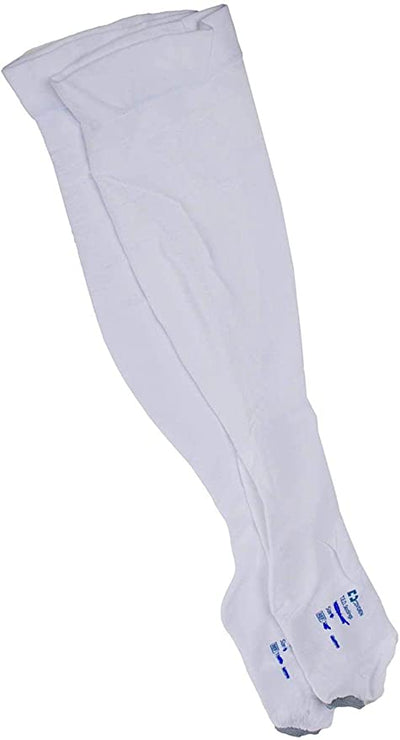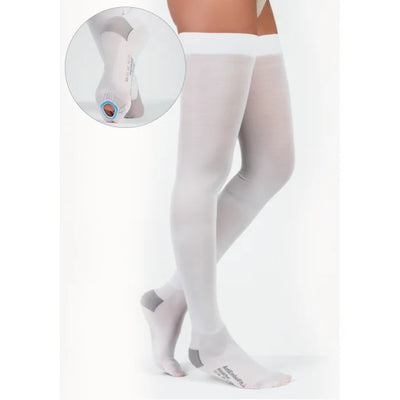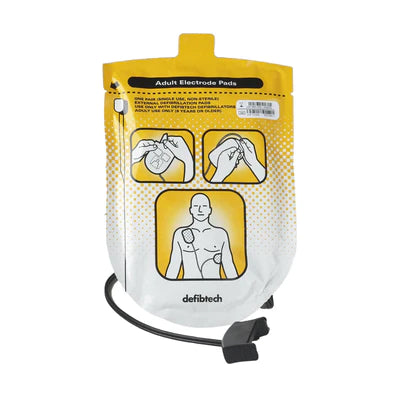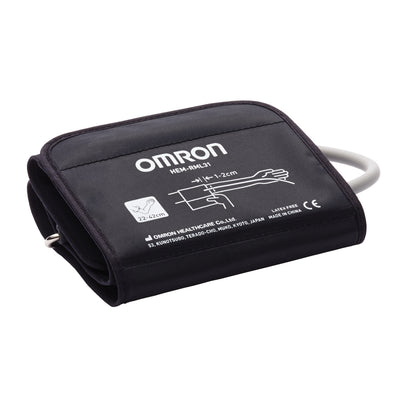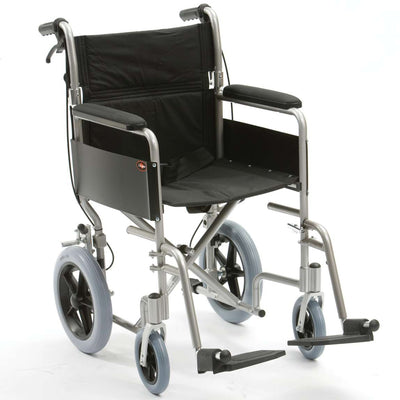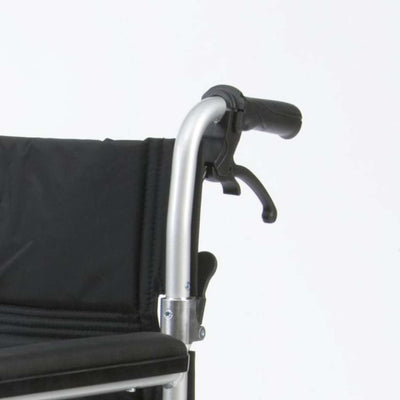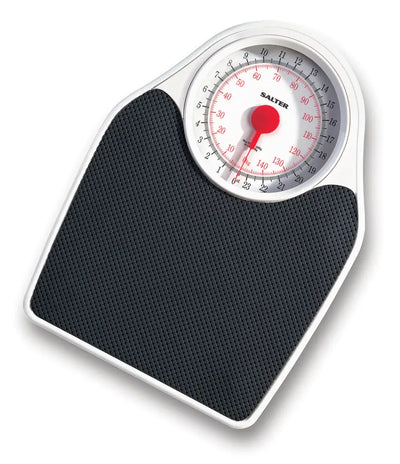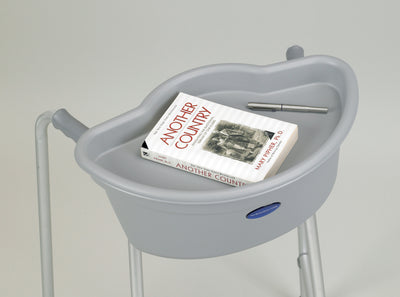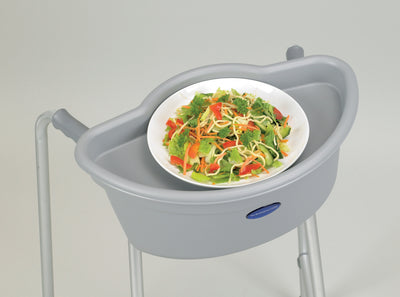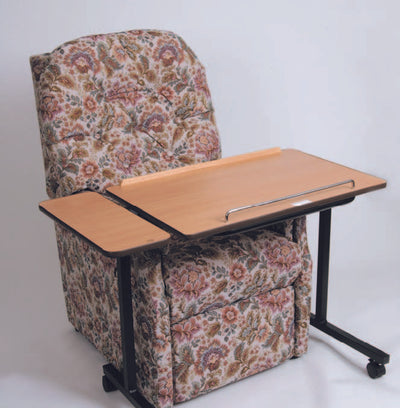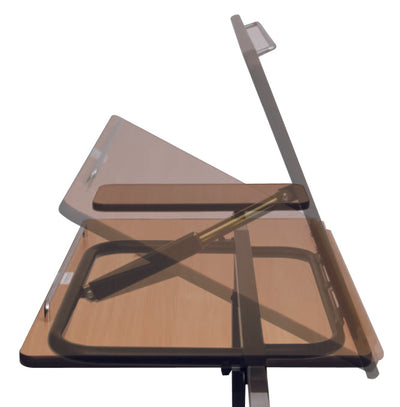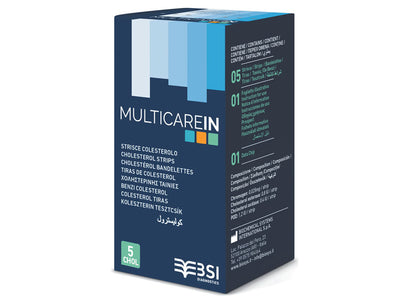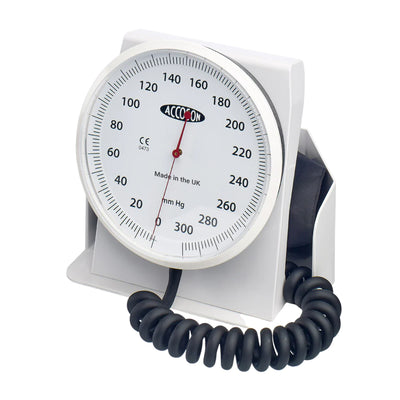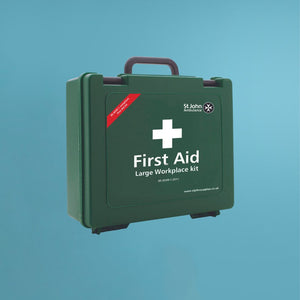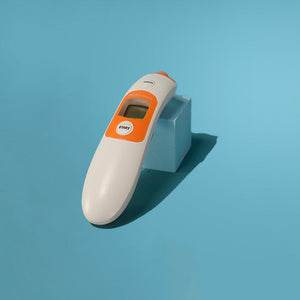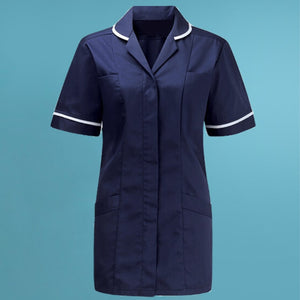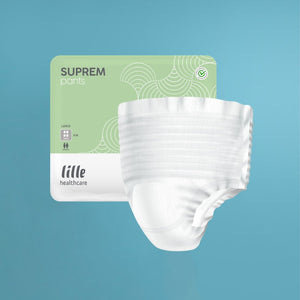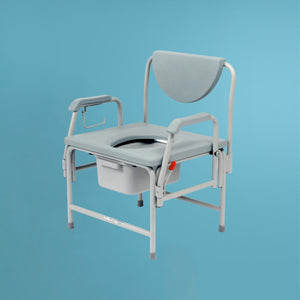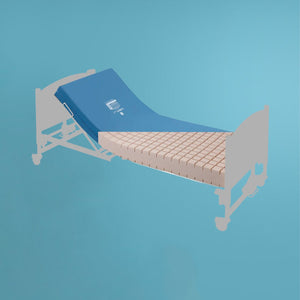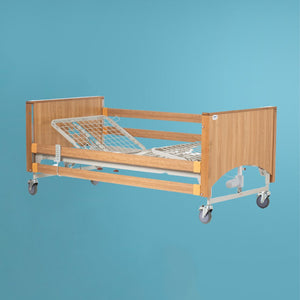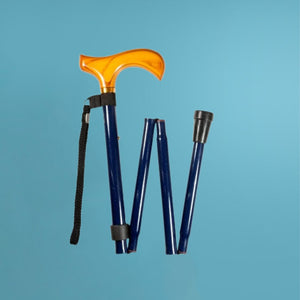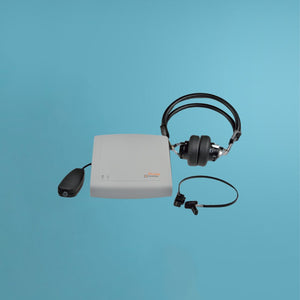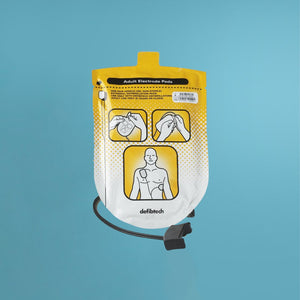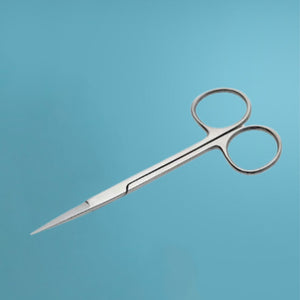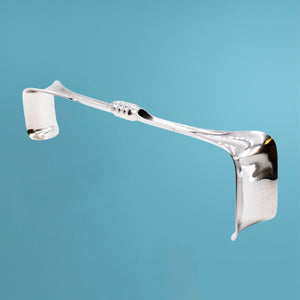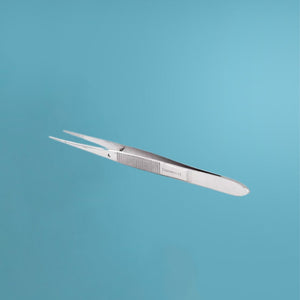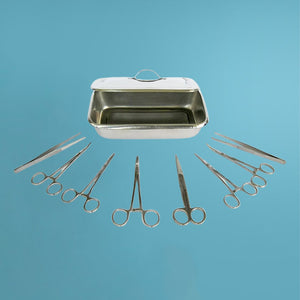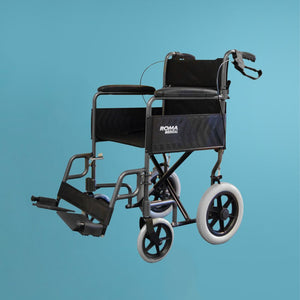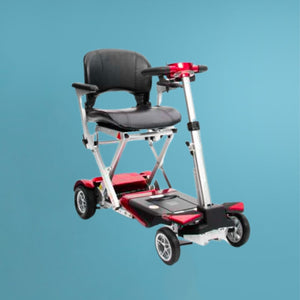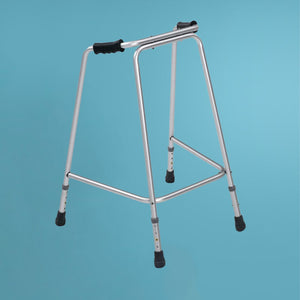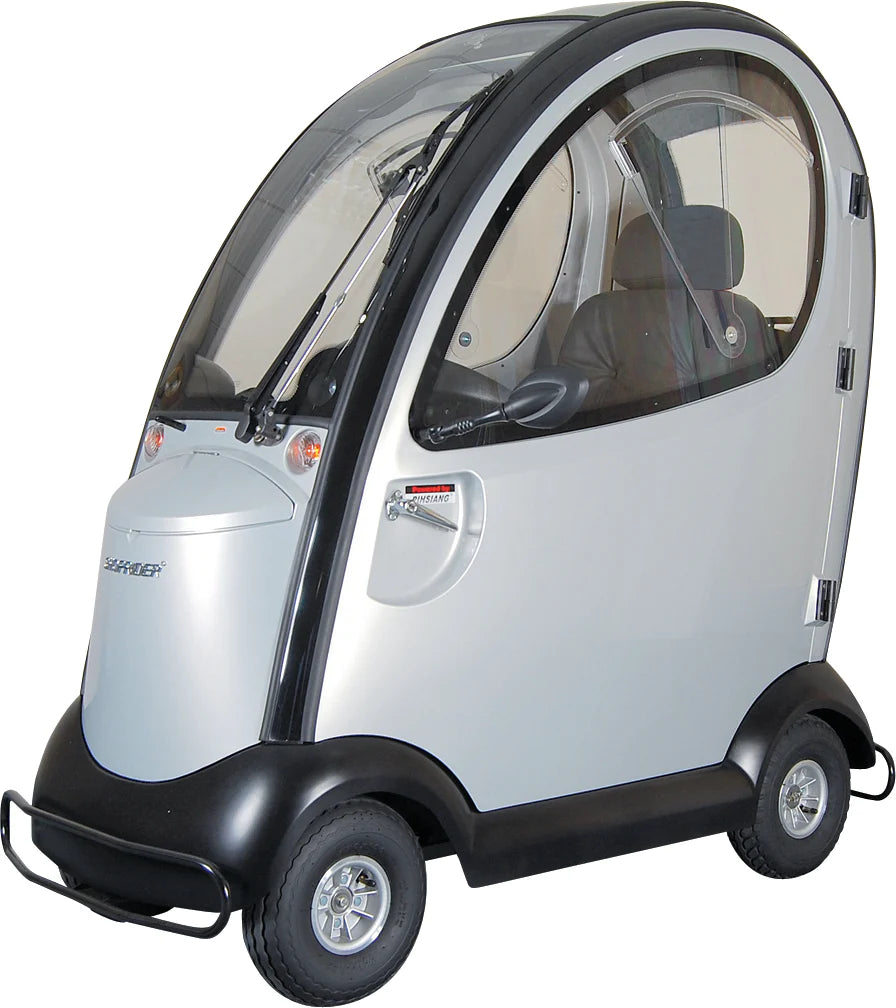The Future of Mobility Scooters
As the world continues to evolve, so does the technology we use to make our lives easier. One such innovation that has greatly impacted the lives of many people is the mobility scooter. These scooters have become a common sight in many cities around the world, providing a convenient and accessible means of transportation for people with disabilities or mobility issues.
However, the current design of mobility scooters is not without its limitations. Many users have reported issues with maneuverability, particularly in crowded areas or on uneven terrain. Additionally, the size and weight of most mobility scooters can make them difficult to transport, limiting their usefulness for those who need to travel long distances.
Fortunately, there are several exciting innovations on the horizon that promise to address these issues and make mobility scooters even more accessible and user-friendly.
One area of development is the use of lightweight, durable materials in the construction of mobility scooters. Advances in materials science and engineering are making it possible to create scooters that are both stronger and lighter than ever before, making them easier to transport and maneuver.
Another area of innovation is the use of advanced sensors and artificial intelligence to improve the safety and performance of mobility scooters. By incorporating sensors that can detect obstacles and adjust the speed and direction of the scooter accordingly, users can feel more confident and secure when using these devices.
Finally, there is the potential for the integration of mobility scooters with other forms of transportation, such as public transit systems or ride-sharing services. By creating interoperable systems that allow users to seamlessly transition between different modes of transportation, the accessibility and convenience of mobility scooters can be greatly enhanced.
In conclusion, the future of mobility scooters looks bright. With ongoing research and development, we can expect to see continued improvements in their design and functionality, making them an even more valuable tool for people with disabilities or mobility issues.
